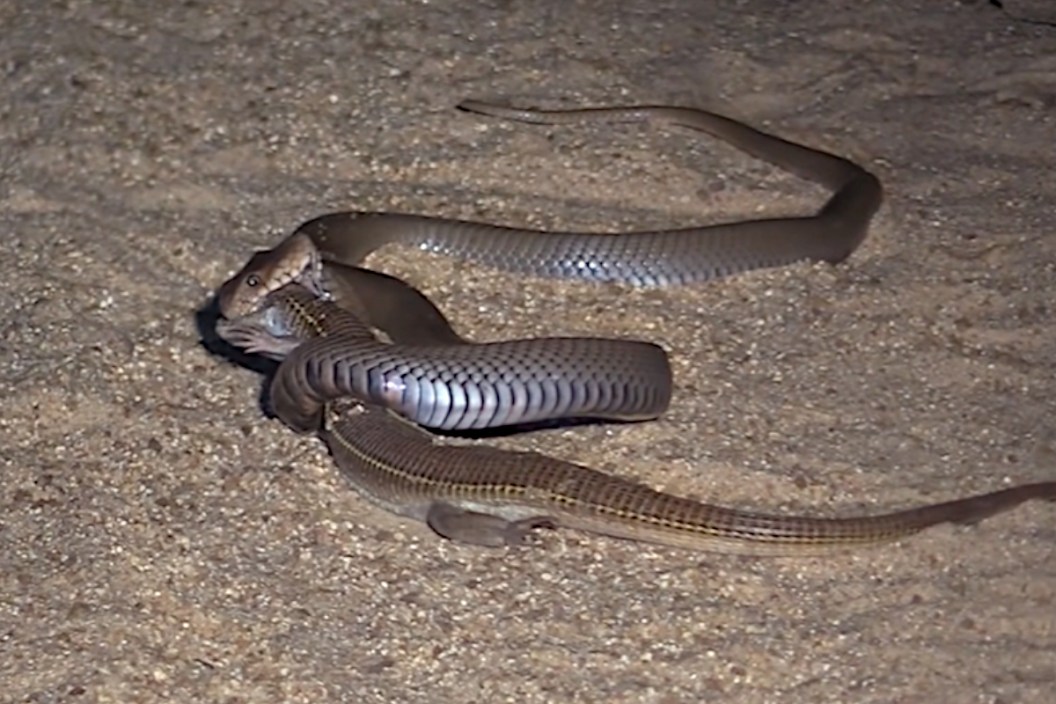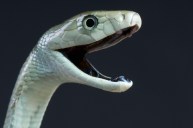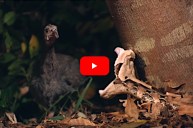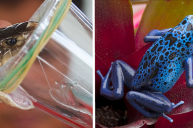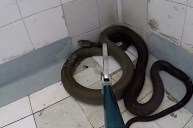The wild areas of South Africa are filled with all sorts of dangerous creatures. While most people think of lions, rhinos, or hippos first, there are also tons of deadly serpents slithering around on the ground. One of these snakes is the highly venomous "naja mossambica," or, as it is better known by its common name, the Mozambique spitting cobra. This snake species only grows to about five feet in length at most, but the cobra's venom is extremely dangerous. And as the name suggests, it can eject that deadly compound from its venom glands as far as six feet if it feels threatened.
Today's video does not show that. Instead, it shows some rather natural behavior of one of these reptiles hunting. This species usually targets small mammals and amphibians, but today it has caught up with a skink lizard. What follows is difficult to watch as the snake venom slowly takes hold in the lizard's system.
That snake will not have to eat for a while after that big meal. Such is the way the food chain works on the African savanna. The spitting cobra's venom has both cytotoxins and neurotoxins that can cause necrosis, an extreme form of tissue damage in victims. If the snake spits that venom in your eyes, you could suffer blindness or at least impaired vision. Give this species a wide berth! There is an antivenom being developed for this species, but bites are rare. The closest North American equivalent to this species is the Mojave rattlesnake or the puff adder. The venom of both species has similar cytotoxic properties. Today, these snakes are found mostly in the most southern parts of Africa. They have been recorded in places like Zambia, Zimbabwe, Tanzania, Botswana, Nambia, Swaziland, and of course, Mozambique.
Fortunately, biting or spitting are a last resort for this species. If you leave it alone, it will probably leave you alone too. They are known to either flee the area or play dead much like a hognose here in the States. Thankfully, fatalities from snakebite attributed to this species are even more rare. More people in Southern Africa seem to be more concerned with black and green mamba bites. Our advice is to be aware of dangerous snake species like this if you are planning a visit to Africa, but you do not need to fear them. Remember that most bites happen when someone tries to capture or harm a snake.
For more outdoor content from Travis Smola, be sure to follow him on Twitter and check out his Geocaching and Outdoors with Travis YouTube channels.
